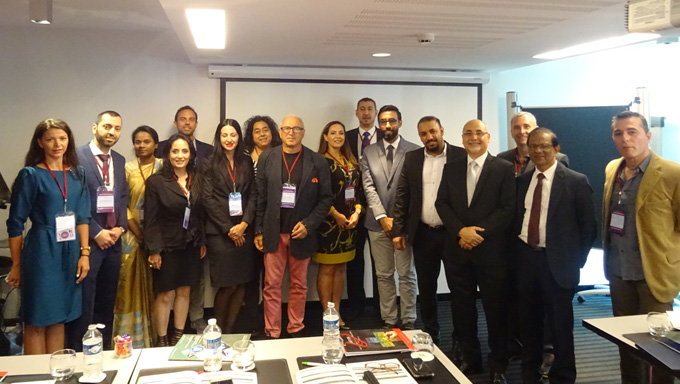
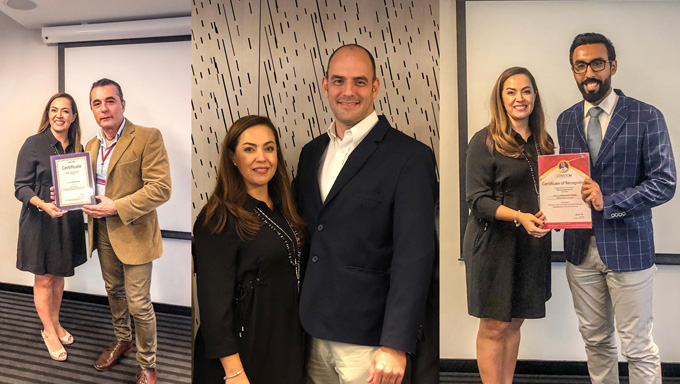

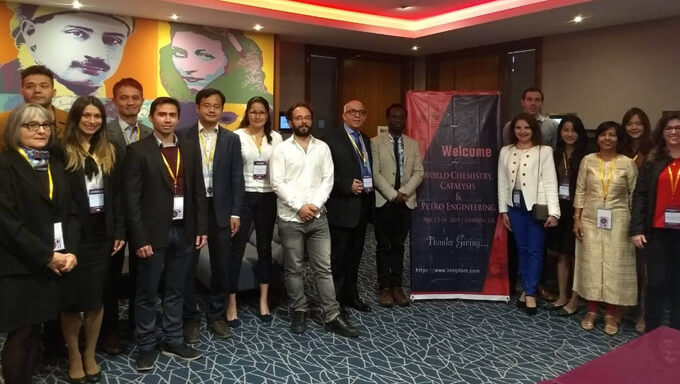
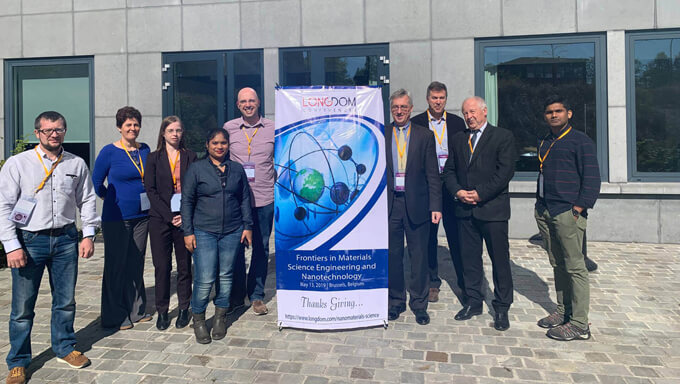
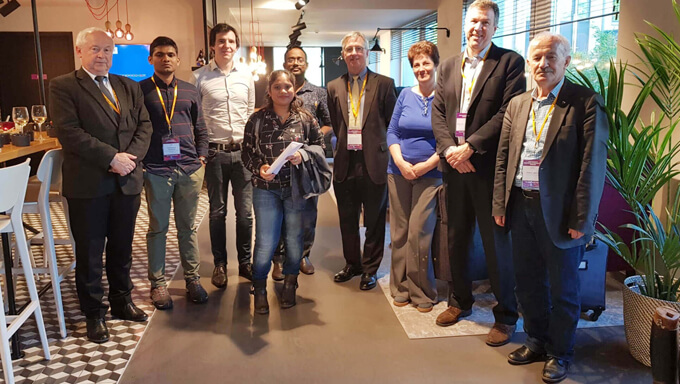
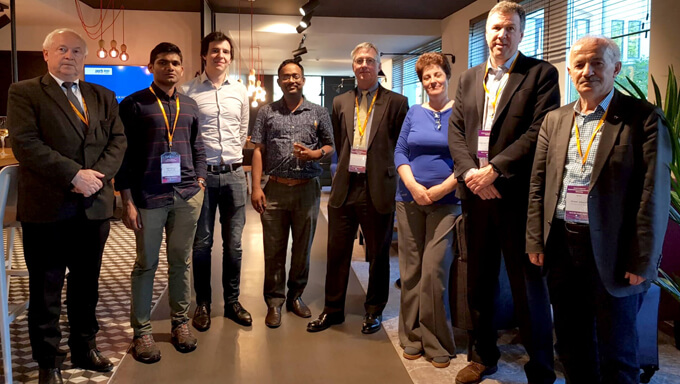
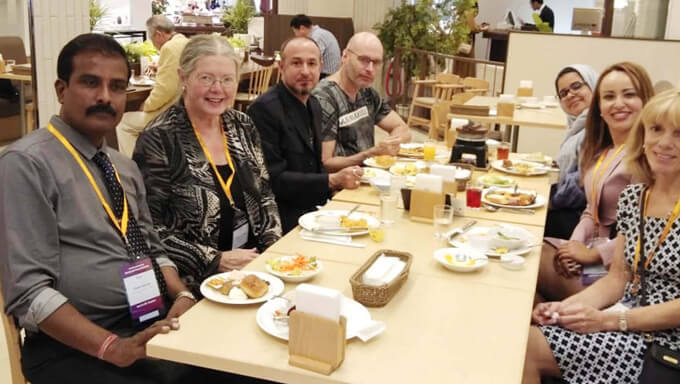
Wireless Communication is one of the marvelous platforms to provide our inventive ideas to select highly advanced research topics in the most popular networking areas. Nowadays, we have 100+ highly experienced experts who are experts in the evergreen research field of wireless communication. Our incredible Wireless Communication service is initiated with the vision of sharing our innovative ideas for students and research colleagues to achieve the best career in this competitive world. Day by day, we have updated our knowledge from the world’s top journals. By this reason, we can easily implement any complicated wireless communication projects.
Internet routing and addressing have been revised over the years to support the expansion in the global use of the Internet, with over one billion Internet users connected in 2007 and increasingly pervasive IP‑based devices and infrastructure. In 1972 Robert Kahn developed the concept of open-architecture networking, or "Internetting". His concept was that an open architecture would be able to connect multiple independent networks, each network itself having a different operating system and design. Such an open-architecture network required a new communication protocol which was designed in 1973-74 by Robert Kahn and Vinton Cerf and later called TCP/IP
Nowadays Internet routing infrastructure provides connectivity among billions of computers around the globe. The Internet has gone through a phenomenal growth over the last three decades, and its routing system has encountered a multitude of challenges brought forth by the unprecedented scale of the system. In addition to the growth in the number of end hosts and customer networks, there has been an increasing trend toward customer networks becoming multihomed with multiple service providers to facilitate load balancing and fail-over between providers, and customers’ desire for
Provider-independent IP address assignments over provider allocated IP addresses to avoid internal renumbering when changing providers. Unfortunately, multihoming and provider-independent addressing have led to fast growth of the global routing system as measured by routing table sizes and update frequencies. At the same time, Internet service providers (ISPs) face economic constraints that may prevent them from promptly upgrading to the latest technologies to meet the demands.
Long Term Evolution (LTE), which evolved from conventional 3rd Generation Partnership Project (3GPP) systems, is expected to provide downlink and uplink peak data rates of over 100 Mbps and 50 Mbps, respectively. To support such high data rates, orthogonal frequency division multiple access (OFDMA) is chosen as the access technology. The 3GPP organization further includes the support of femtocells in the LTE standard, which has become a research area heavily pursued in both academia and industry.
An LTE femtocell is a small cell created by a low-power base station known as Home evolved NodeB (HeNB). The deployment of femtocells within a macrocell forms a two-tier LTE network, as shown in Figure 24.1. In the LTE standard, the HeNB associates with the LTE core network, i.e., the mobility management entity (MME) and the serving gateway (S-GW), via a backhaul which could be indoor broadband connections such as digital subscriber line (DSL). The plug-and-play installation feature of an HeNB makes the femtocell technology attractive and appealing from both technical and business perspectives.
Internet of Things (IoT) has widely been accepted as a promising paradigm for connecting a large number of resource-constrained miniature sensor nodes that have the ability to sense the deployed environment. They have found their applications in various aspects of our daily lives. However, these nodes are mostly restricted to sense only the scalar data. Nowadays, multimedia sensor nodes are gaining significant attention due to their ability to collect scalar as well as multi-dimensional data. These nodes are considered as the foundation of the Internet of Multimedia Things (IoMT) and are shaping the perception of IoT. Multimedia data have stringent requirements in terms of reliability, latency, storage, bandwidth, and Quality of Service (QoS). To provide seamless and interoperable communication in IoMT, the underlying protocol stacks need to fulfill these stringent requirements. However, the heterogeneous nature of multimedia sensors makes interoperability a challenging task to fulfill. To understand the challenges faced by seamless and interoperable communication in IoMT, we provide a comprehensive review of the existing protocol stacks of IoMT and analyze their feasibility for multimedia streaming applications. Data storage of multimedia applications is another area that requires the immediate attention of the research community. For this purpose, we study a cloud as an entity to facilitate multimedia applications of IoMT.
Wireless networks have gained wide attention in recent years including studies on Mobile Ad-hoc Networks (MANET). Among the rich literature produced by the researchers, the problem of MANET interoperability is becoming of high interest. Interoperability in a MANET refers to the communication between two separate domains or networks. This is an important research area aiming at enhancing the overall communication between MANETs. There are multiple proposals in the literature that study MANET interoperability. Their variability shows energetic work and interesting proposals, in theory, and in practice. The objective of this paper is to survey the main MANET works in the literature through different identified key aspects. We presented a comprehensive analysis of multiple proposals, techniques, features, opportunities, limitations, and omissions. Based on that, we aim at guiding the researchers, practitioners, and industrials who work on MANETs that interoperate.
Mobile Cloud Computing (MCC) which combines mobile computing and cloud computing, has become one of the industry buzz words and a major discussion thread in the IT world since 2009. As MCC is still at the early stage of development, it is necessary to grasp a thorough understanding of the technology in order to point out the direction of future research. With the latter aim, this paper presents a review of the background and principle of MCC, characteristics, recent research work, and future research trends. A brief account on the background of MCC: from mobile computing to cloud computing is presented and then followed with a discussion on characteristics and recent research work. It then analyses the features and infrastructure of mobile cloud computing. The rest of the paper analyses the challenges of mobile cloud computing, a summary some research projects related to this area, and points out promising future research directions
The combination of AI and IoT is powerful in creating a personalized experience for users. A large amount of varied data is collected from the customer in real-time as he uses the device. Each usage has commands or interactions that are being used with mobile apps. AI can then leverage this real-time data to deliver an enhanced personalized experience.
IoT reduces app development time significantly. In mobile app development, IoT along with Artificial Intelligence can lead to better utilization of resources and higher efficiency. Together they free up a good part of employee bandwidth. It delivers modified and more efficient apps and strengthens data security measures, which is vital because the future of mobile apps will always be revolving around connected devices.
Mobile developers are adapting quickly to changing innovations. There are over 5 million apps in the leading app stores, which stands to show how AI is creating personalized app experiences for users and is adapting to various situations due to automated learning capabilities. Here are five specific real-life benefits of AI on mobile apps.
It empowers the evolution of mobile apps by making them intelligent pieces of software that can predict user behavior and make decisions. AI allows mobile apps to learn from data generated by the user.
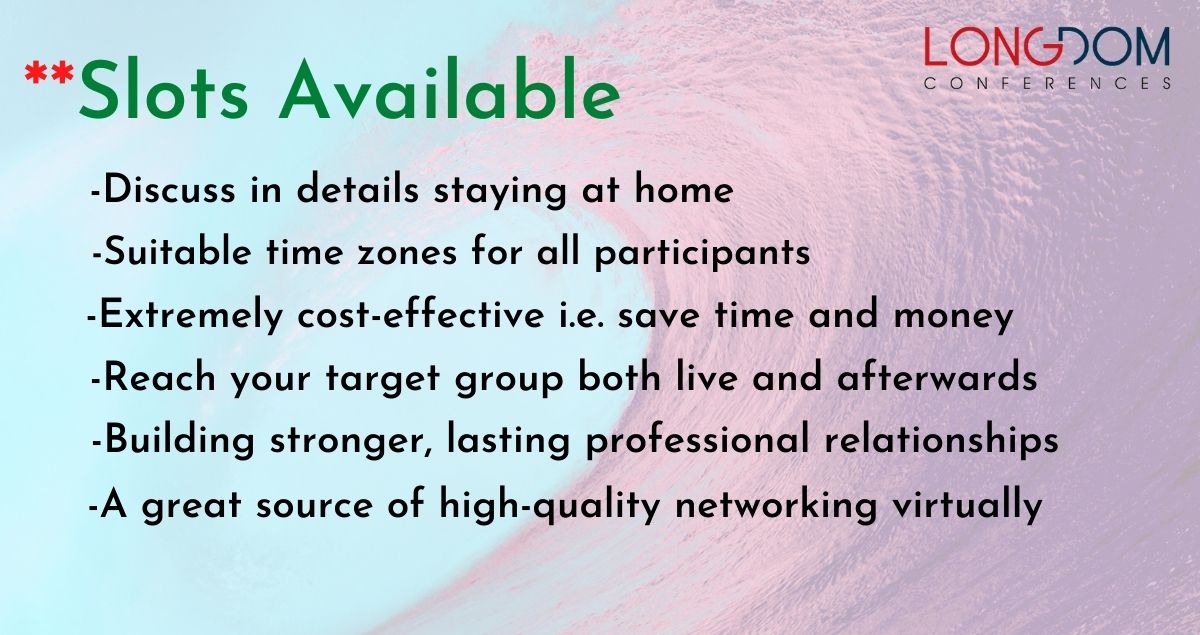
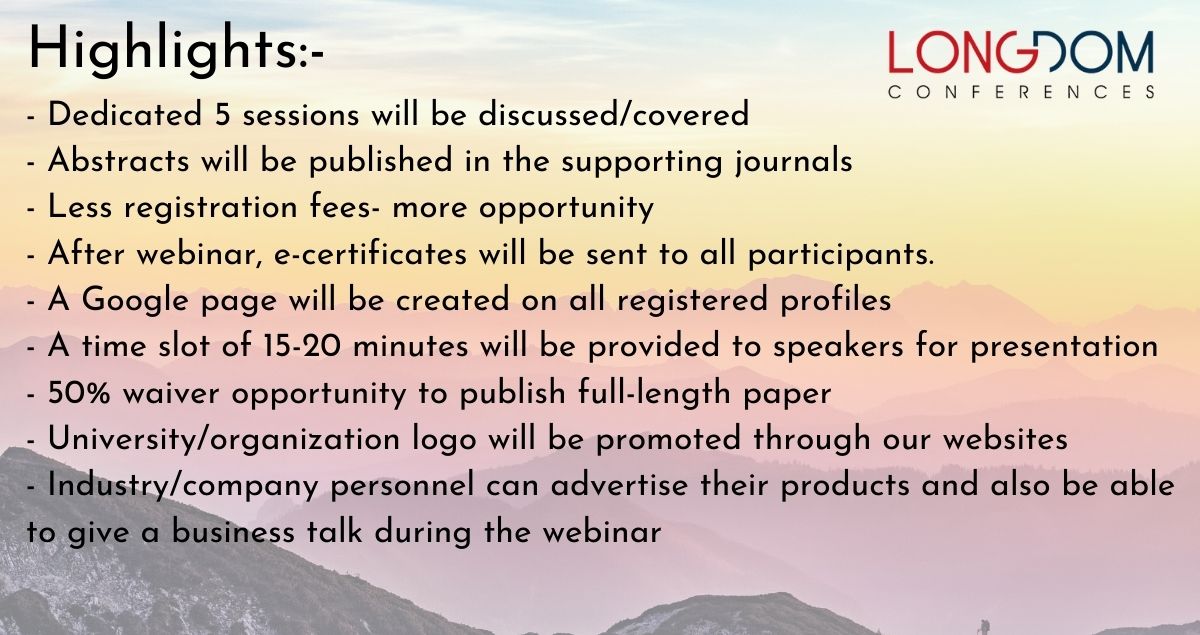
We let our ground-breaking work and our amazing clients speak for us…… LONGDOM conferences